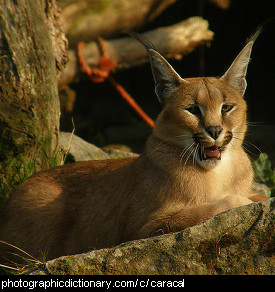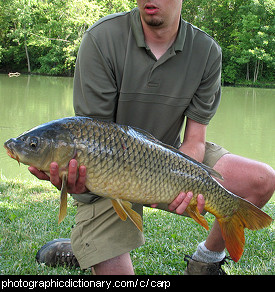Scientific name: Dromedary: camelus dromedarius
Camels are a large animal that is very well adapted for hot, dry weather. They can survive longer without water than any other animal. Camels have a big, fatty hump on their backs that stores food for times when they can't find enough to eat. They are taller than an adult man and are used to ride on or to pull carts.
There are two types of camel, dromedary camels like in the picture that only have one hump, and the bactrian which has two. There are a lot more dromedaries than bactrians in the world.
Camels are related to llamas and alpacas.
Scientific name: serinus canaria domestica
Scientific name: caracal caracal
Scientific name: rangifer tarandus
A caribou, otherwise known as a reindeer, is a type of deer from the cold, northern regions of the world.
Scientific name: family: cyprinidae
Scientific name: casuarius casuarius
Cassowaries are very large flightless birds that live in tropical forests of New Guinea and northeastern Australia. The only birds bigger than the cassowary are the ostrich and emu.
Cassowaries mainly eat fruit, but will also eat new shoots, seeds and fungi, insects and small animals. Cassowaries usually travel around on their own except when it is time to find a mate and lay eggs.
The booming noise the cassowary makes is the lowest known bird call, and is so low humans can only just hear it.
Scientific name: felis catus
Cis forCaterpillar
Video: view












